人气爆棚的出境购物团、把黄金炒的火热的中国大妈……种种迹象都在表明:中国人越来越有钱,有钱人越来越多。除了养尊处优的上层中产阶级,还有一群不容忽视日益扩大的群体:新晋中产阶级。他们热爱Shopping,是国际大牌们最青睐的“财主”。来,一起静静地看他们装X。
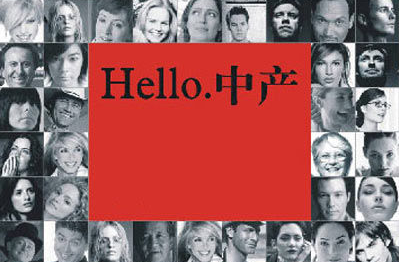
A Foreigner’s First Shopping Experience in China
By Simina Mistreanu
Last weekend I went shoe shopping in Beijing for the first time. I’ve been living here for almost two months, but until now I’ve only shopped for food or books.
上个周末是我来北京两个月之后首次正式Shopping的日子。
My boyfriend and I took the subway to Xidan, one of Beijing’s famous shopping areas. On the street, there were hundreds of people walking in all directions, carrying shopping bags. The women were wearing summer dresses with colorful prints, nice purses and sunglasses. “Here’s China’s middle class,” I thought.
目的地是购物圣地西单。百十号人,来自四面八方,走向四面八方,人手一只购物袋。女士们穿着多彩夏装,拎着精致皮包,带着醒目阳镜。这里就是中国中产阶级的集中地了吧。
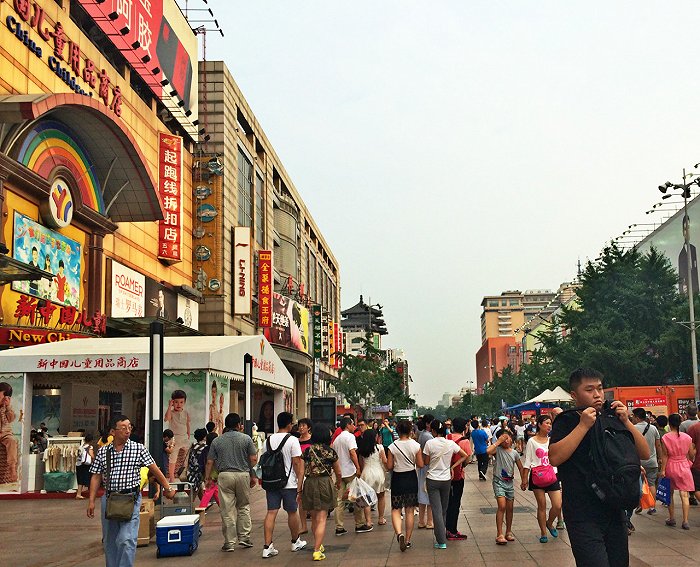
We entered one of the larger shopping malls. Right at the entrance there was a cosmetics store, so I stopped to ask about the price of a highlighter I had just bought from an airport shop in Europe. Here, it was twice as expensive. Hmmm… We continued strolling toward the shoe area – I needed a pair of sandals.
走进一家稍大的购物中心。入口处即是一家化妆品店,我停下询问一只眼影笔的价格。结果是,这里的价格比我几天前在欧洲一家机场商店买的贵一倍!继续走到鞋子专卖区——我需要一双凉鞋。
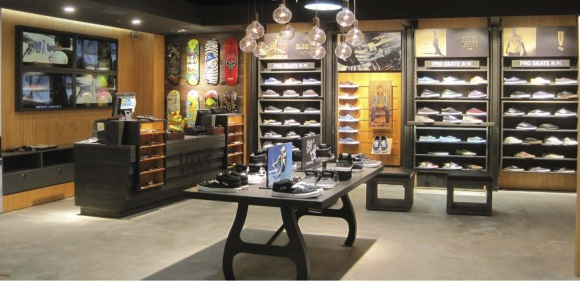
We saw a lot of shiny, glittery shoes, which I had noticed many Chinese women favor. I prefer simple, well-made shoes that will fit my style and last me a long time. I was hoping to find Geox – my favorite brand, an Italian shoemaker. Their shoes are a little more expensive but are high quality and will last for years.
And there it was! A Geox corner, with the exact pair of sandals I had wanted to buy in Romania a couple of weeks earlier but couldn’t find my size. In Romania, the sandals cost, on sale, about $70. I checked the price in the Xidan mall: a whopping 1,800 yuan, almost $300.
我比较喜欢简单但是做工精良的鞋子,Geox是我最喜欢的一个意大利牌子,有一点贵,但是质量很好。幸运的是,我确实发现了Geox店面,里面还有几双我在罗马尼亚就一直想买的鞋子!不过你们能猜到的,在罗马尼亚,凉鞋打折可以卖到300块,在西单,同款标价是1800块。
I pushed my jaw back up and kept walking. We checked several other foreign brands, and they all seemed to be two or three times more expensive than their equivalents in Europe or America. Some fast-fashion chains such as H&M and Zara were indeed cheap, but their items selection seemed to fit the price.
接着看了几个国际牌子,卖价几乎都是在欧洲和美国的两三倍。像H&M、zara之类的快时尚品牌确实便宜,不过它们的款式设计也只够的上他们目前的价位吧。
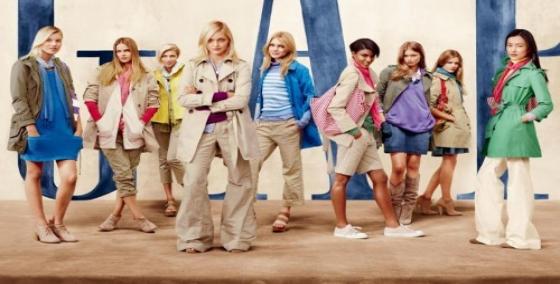
That got me thinking about the people shopping in the area.
说到这里,就很有必要说说来西单这种地方消费的人了。
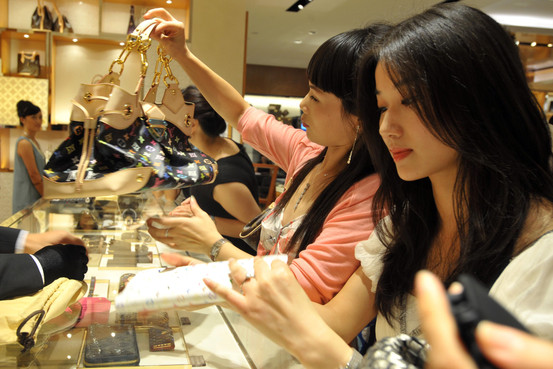
Last year, China’s economy surpassed that of the U.S. in purchasing power, becoming the world’s largest. That means Chinese have more disposable income relative to the price of goods and services in China than people in any other country. But like anywhere else, wealth is stratified and multi-faceted.
去年开始,中国居民的购买力已经超过了美国成为世界第一。这就意味着在现有商品和服务价格的基础上,中国人比世界上其他任何国家的国民都有着更多的可支配收入。不过像世界上其他任何国家一样,国民财富是阶层性的。
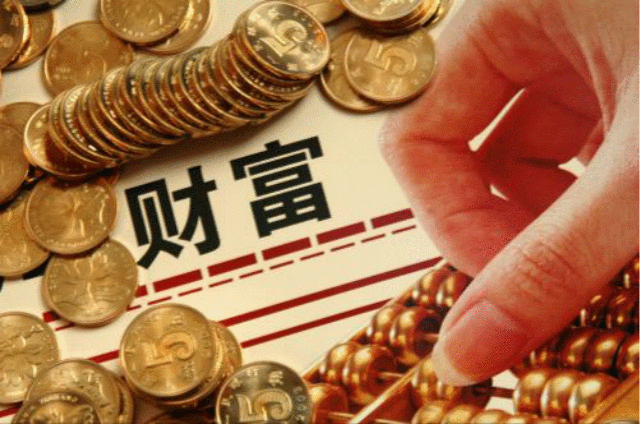
China’s affluent, and to some extent the upper middle class, are responsible for buying 12 percent of the world’s luxury goods, with most of that shopping done overseas (Chinese accounted for 40 percent of France’s luxury goods sales last year).
中国富有的上层中产阶级对全球奢侈品的贡献率达到了12%,而且大部分的消费行为是在海外完成的 。(去年一整年,中国人买走了法国40%的奢侈品。)
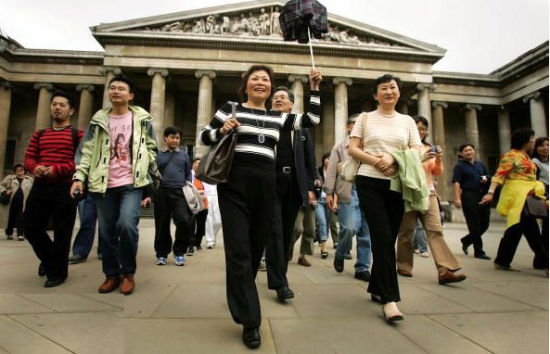
At the same time, China’s middle class is expected to soon reach 340 million people, according to MasterCard Worldwide, Asia Pacific. Consultancy firm McKinsey predicts a somewhat surprising phenomenon: in the next decade, the upper middle class, or “upper cut,” will surpass the mass middle class to account for 54 percent of urban households (from 14 percent in 2012).
同时MasterCard亚太区预测,中国的中产阶级很快将达到3.4亿。麦肯锡有一个惊人的预言:下一个十年,54%的城市家庭都将步入上层中产阶级。而在2012年,这个数字还只有14%。

Author Evan Osnos calls China’s super rich the Get Rich First group. But apparently a new, much larger group is forming now – the “upper cut,” or Get Rich Second.
美国作家Evan Osnos称中国的超级富豪是“先富起来的一批人。”他没说的是,一个新的更加广泛的上层阶级正在形成中。他们是第二批富起来的人。
International fashion brands seem to be targeting them already, with inflated prices that would shock any dedicated European shopper.
国际时尚品牌正在不遗余力的把”手“伸进他们的腰包里,以至于每个精打细算的欧洲人都会被这种的明目张胆的差价震惊。
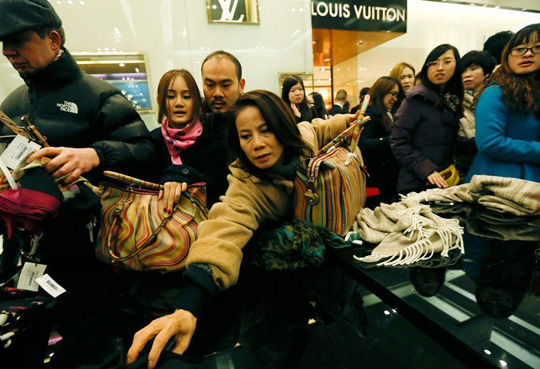
While the shiny stores in the Xidan area – including the high-end Galeries Lafayette of France – were receiving customers, underground, in an almost parallel universe, Chinese clothing stores catered to people with lower incomes, those Still Waiting to Get Rich.
西单的高端品牌店(比如老佛爷百货)每天笑盈盈地迎接口袋里有钱的人,与此同时,普通的服装店正在努力讨好那些囊中羞涩的、期待着有一天能够变有钱的人。
I eventually bought a pair of handmade sandals in a hutong store at 50 percent off for 310 yuan, but I was left wondering where I’m going to do my shopping in the future.
最终我在一个胡同商店里五折买下一双原价310块的手工拖鞋。接下来的日子,我可能要开始思考一个严肃的问题了:以后我还能去哪儿购物?



评论